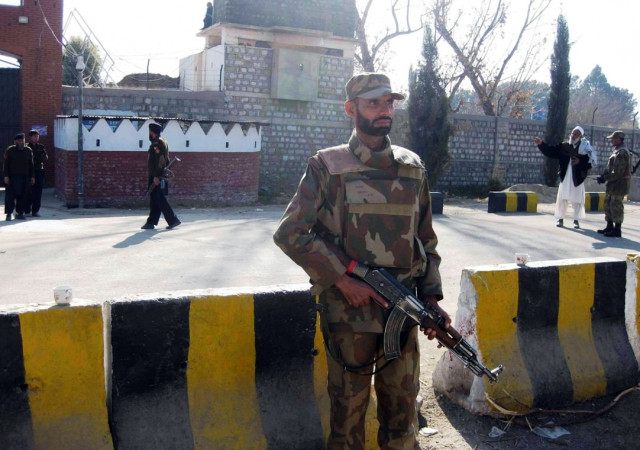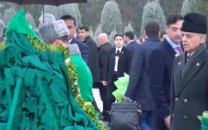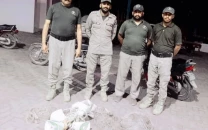Women and suicide-bombing
The induction of women is the beginning of a new tactic and indicates difficulties experienced by the terrorists.

Bajaur also has the distinction of experiencing the first woman suicide bomber attack, although women have been reported as receiving training in neighbouring Malakand for attacks in Afghanistan. A woman wearing a bomb under her burqa had struck near a UN food distribution point on December 25. It is not possible to confirm if the women involved in such attacks do so of their own volition or are forced into doing so. Indeed, there is evidence that they have been forced to kill themselves ‘in the name of Islam’ by their handlers who often happen to be their close relatives.
In Khar, three more girls meant for human sacrifice were discovered from the house of a Taliban warrior charged with handling the suicide brigade. The girl caught wearing a suicide-vest was under his care, which conforms to the pattern earlier discovered in Malakand-Swat where a girl had actually succeeded in running away from an underground nursery of suicide-bombers for sale to Taliban commanders in South Waziristan.
The induction of women in suicide-bombing is not new and was first adopted in the Middle East and in Tamil Nadu in India. It indicates a level of desperation on the part of the terrorists who seem to confront better pre-attack detection methods employed by victim societies. There are additional factors too, especially applicable in the case of Pashtun families involved in the Taliban terrorist enterprise. Perhaps this can be explained sociologically, especially given a deeply conservative and misogynistic society that sees a girl as a burden and a liability. Meena of Malakand was told by her brother: The place for a woman is either at home or in the grave. If you leave the house I’ll cut off your head and put it on your chest. What better end than earning some money by sending her to her grave in the way of Islam?
Late commander of the Taliban, Baitullah Mehsud used to buy suicide bombers from all over the Tribal Areas which, in turn, exploited the ‘market’ in south Punjab where ancillary jihadi organisations, earlier nurtured by the state, served as suppliers. It was discovered by the Punjab police that most of the south Punjab outfits that supplied suicide-bombers to the Taliban and al Qaeda also committed crimes to collect funds for their patrons who were already assisted by private funding from the Middle East.
Punjab, too, has been on record for buying suicide bombers to settle personal scores. In 2008, Bhakkar in Punjab — adjacent to DI Khan in Khyber-Pakhtunkhwa — experienced a blast that left over 26 people dead. Rs1.2 million were paid to someone who trained suicide bombers for warlord Baitullah Mehsud, and the bomber was delivered at Bhakkar one day before the incident. The target was killed, but so was PML-N MNA Rashid Akbar Khan Niwani. The induction of women is the beginning of a new tactic and indicates difficulties experienced by the terrorists in the face of the growing capacity of the Pakistani security agencies to prevent male suicide attackers. A woman is difficult to detect as a suicide-bomber as she wears an all-covering burqa to hide her body under Islamic injunctions. It is also improper to body-search a woman in public places unless there is a special arrangement made for doing so.
In the coming days, a more desperate al Qaeda and a more hunted Tehreek-i-Taliban are expected to resort to using women-bombers. The tragedy is that women are more dispensable in Pakistani society and are prevented by their low social status from resisting their induction into the terrorist enterprise. The Taliban routinely bomb girls’ schools in order to further reduce the nation’s ability to educate itself and make progress in raising its collective consciousness which is already at a low level. We may be on the threshold of a new trend in killing.
Published in The Express Tribune, February 11th, 2011.



















COMMENTS
Comments are moderated and generally will be posted if they are on-topic and not abusive.
For more information, please see our Comments FAQ